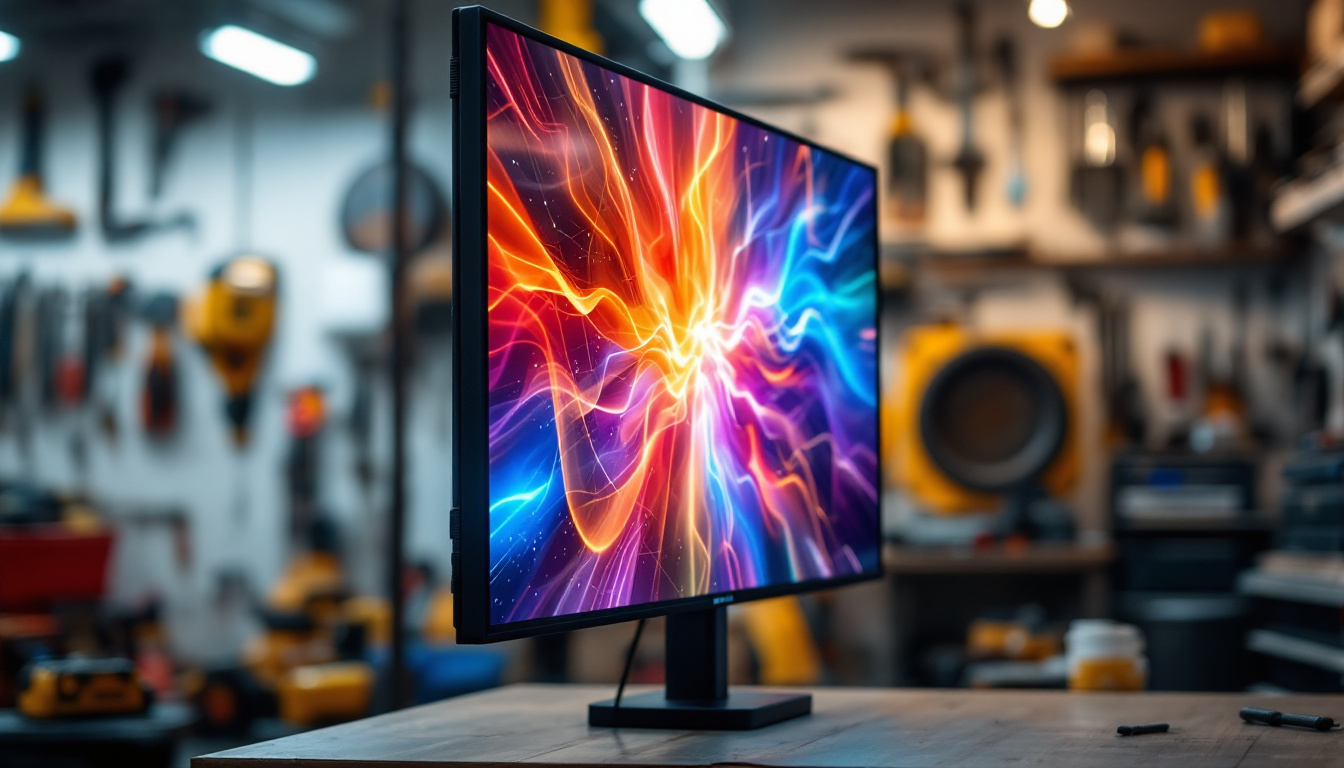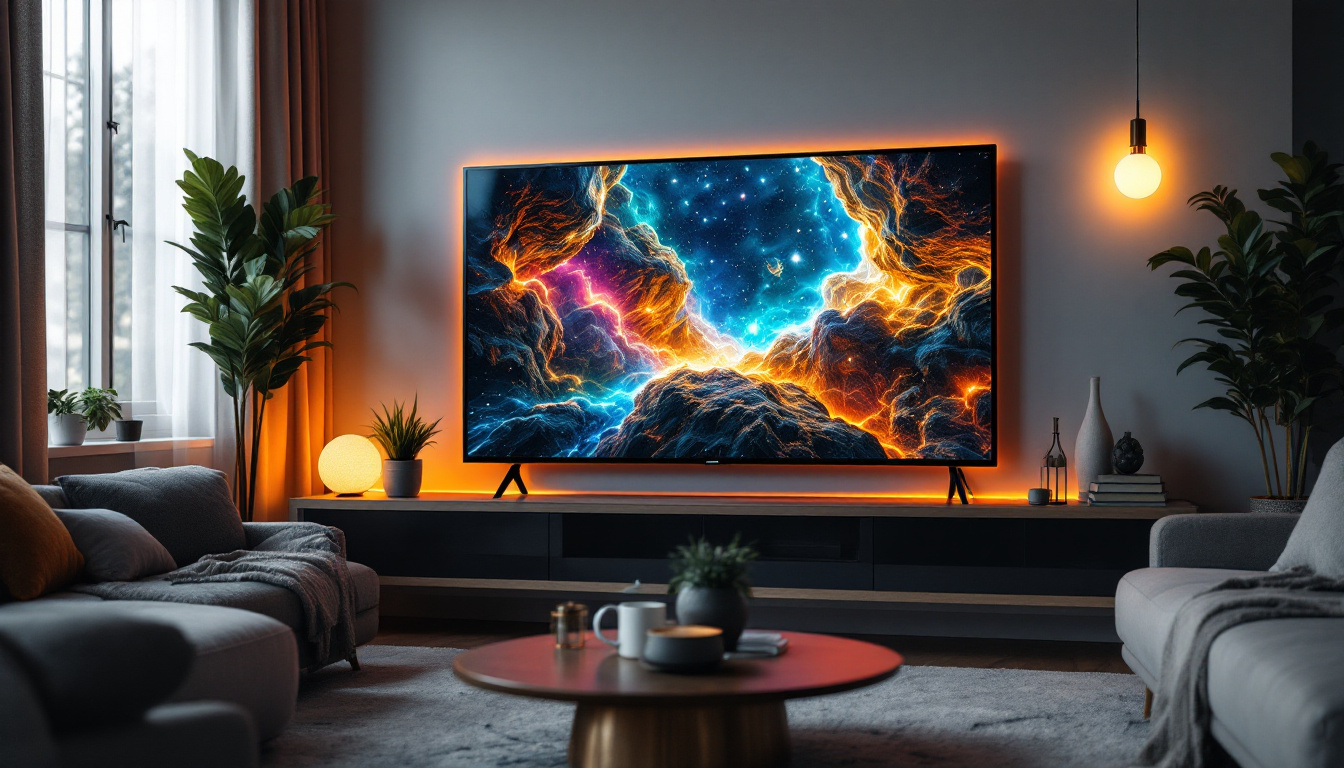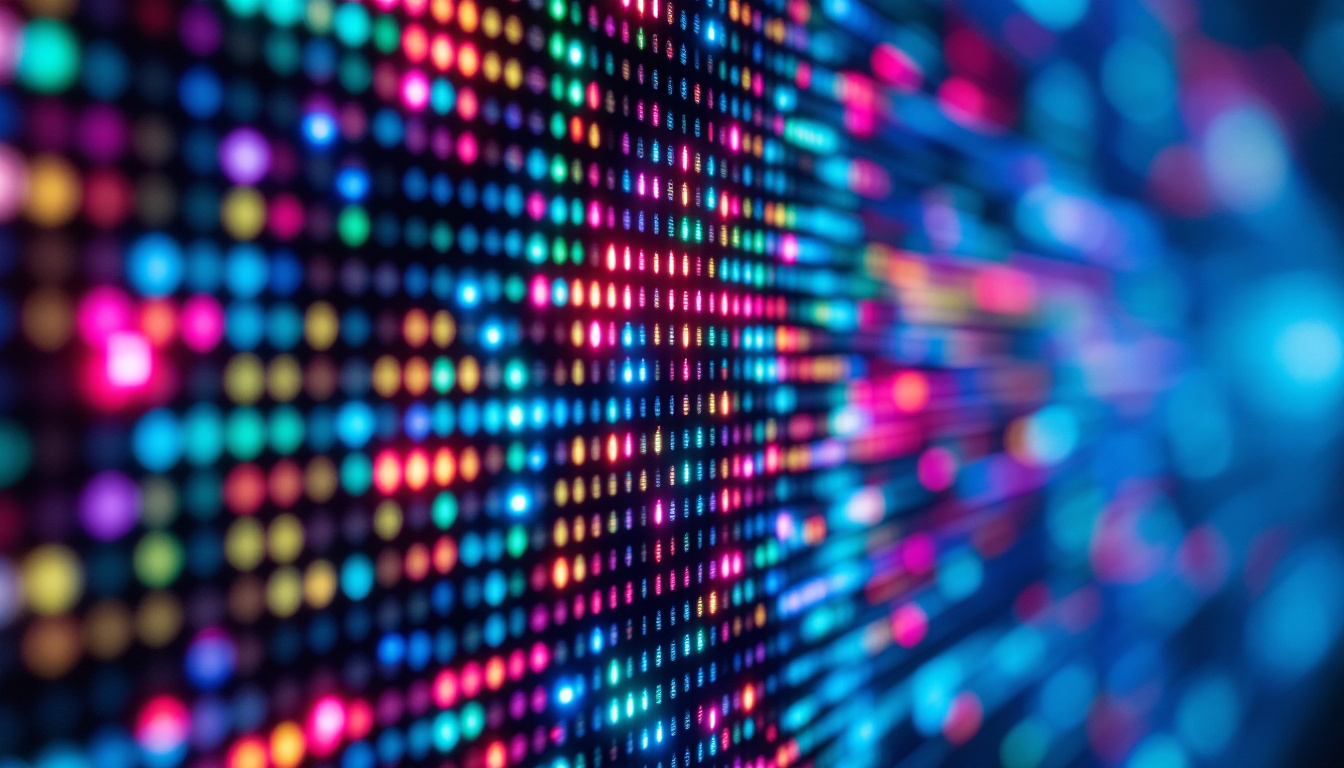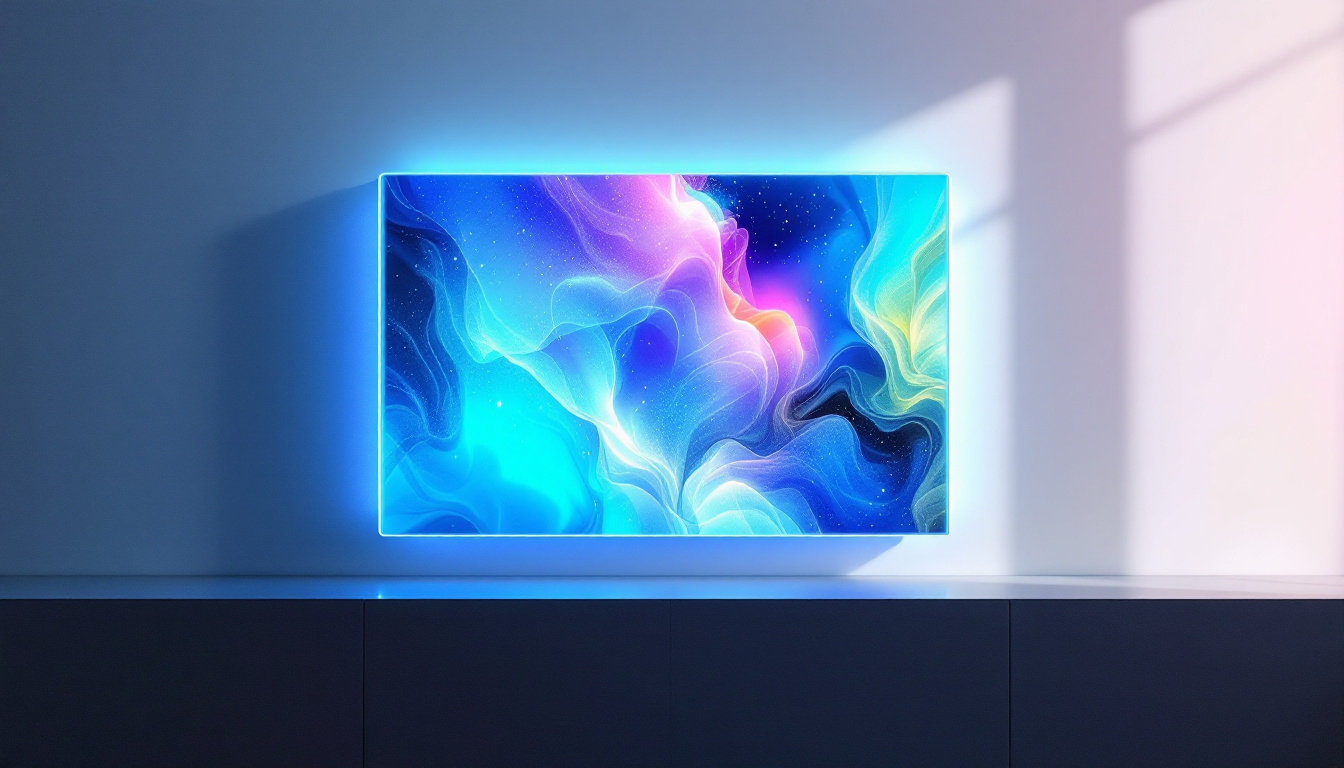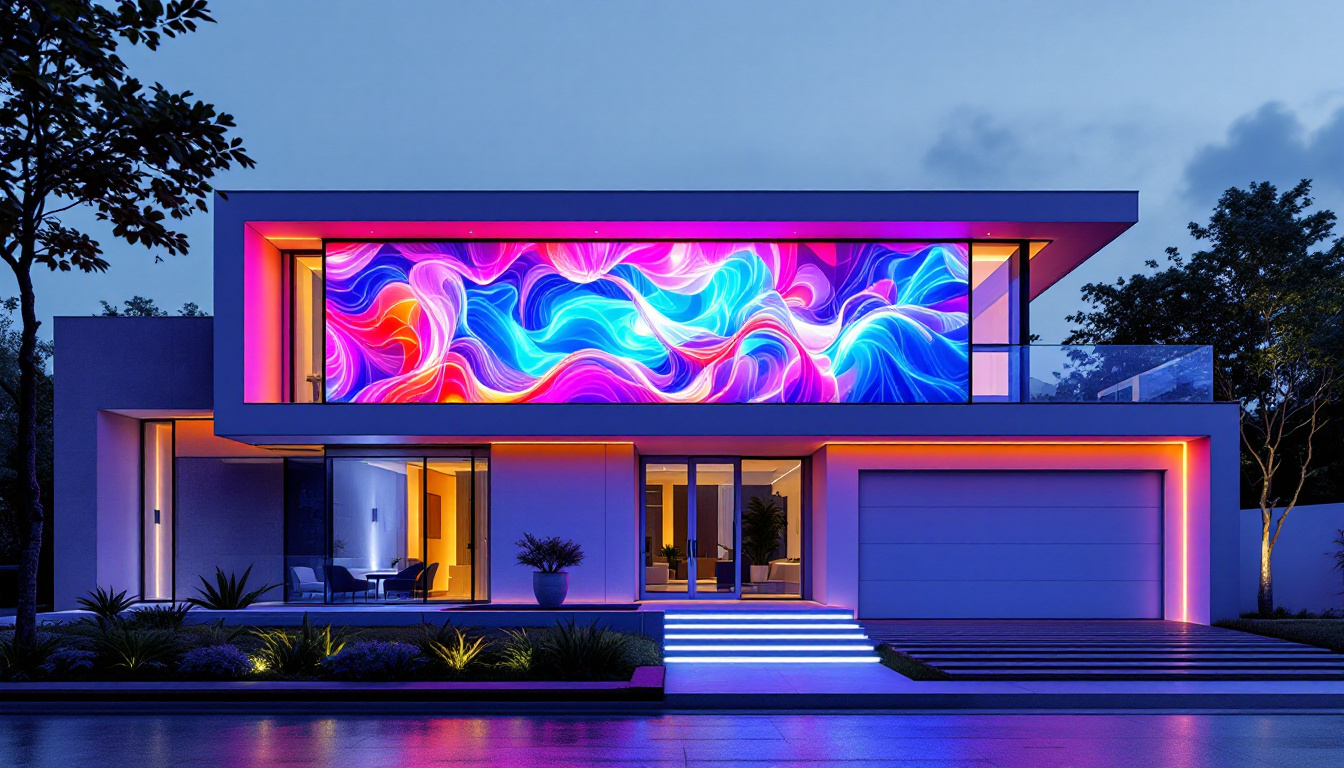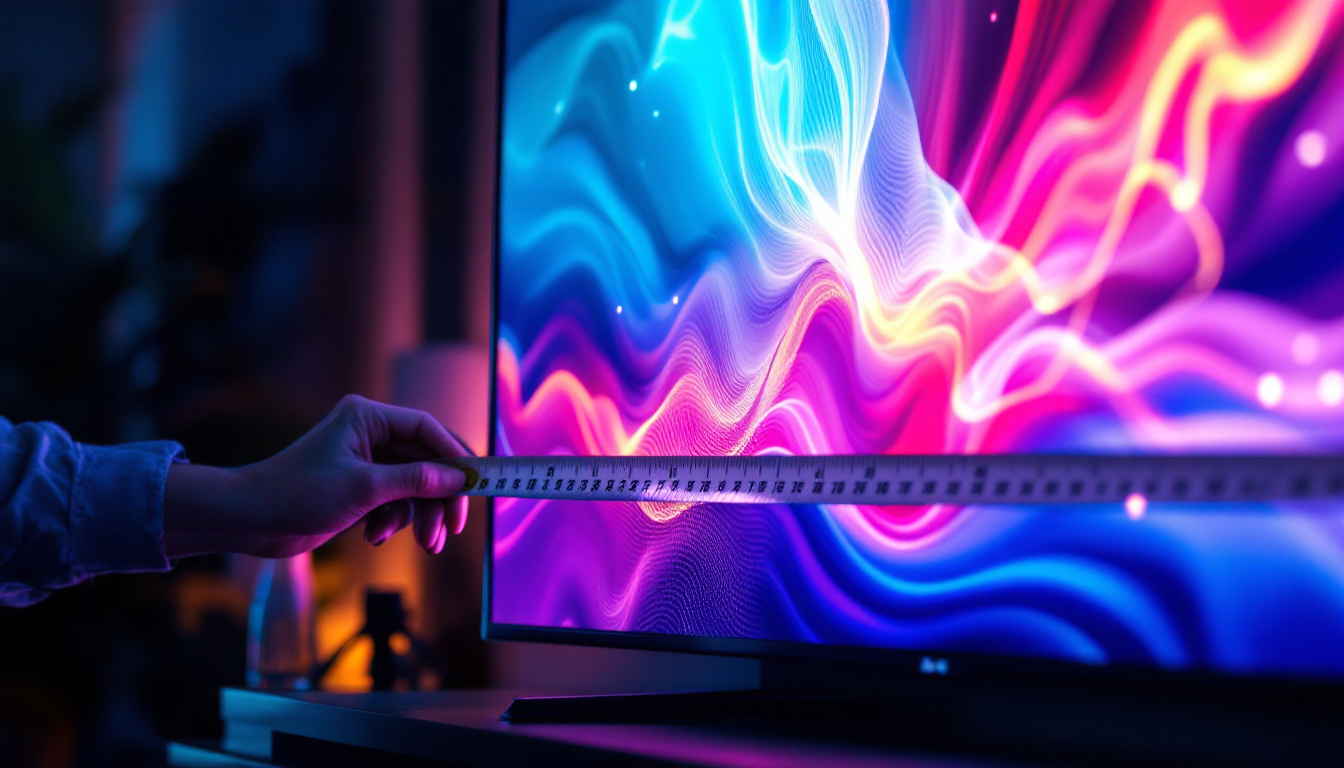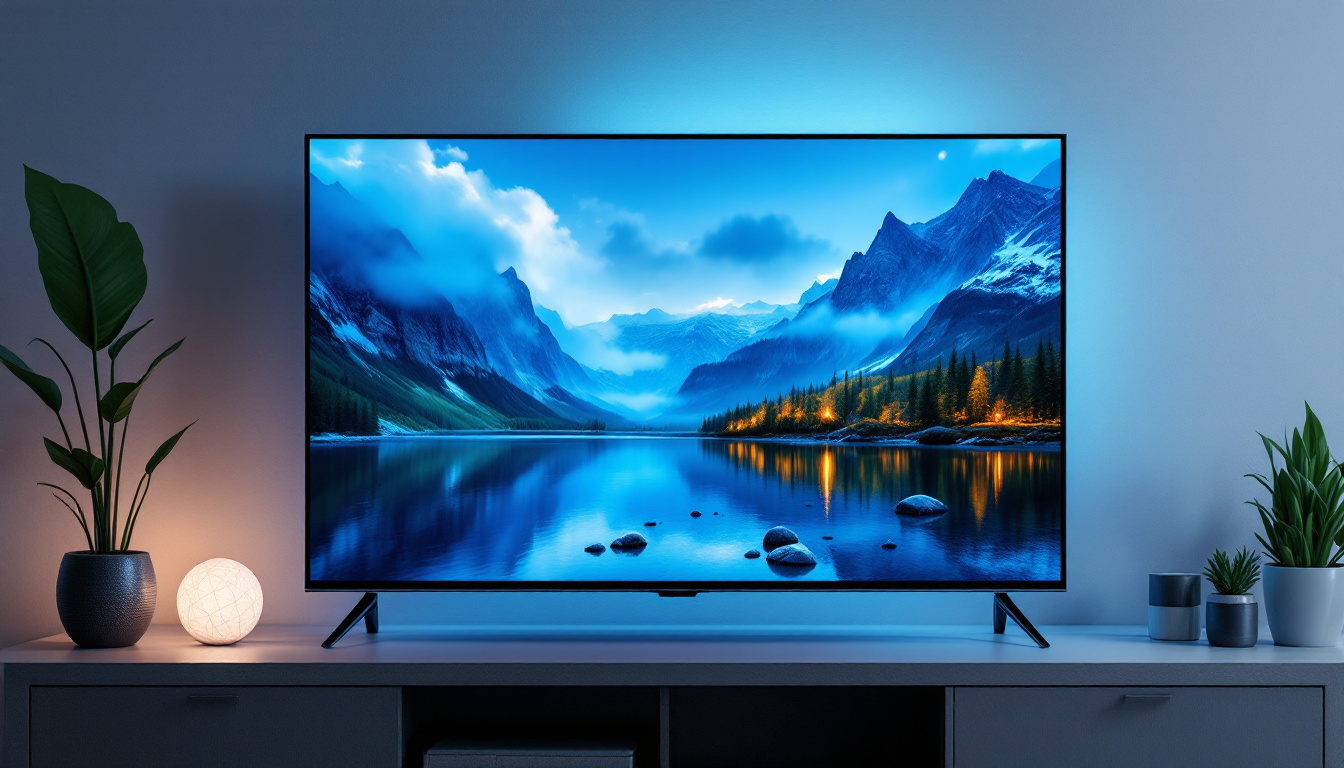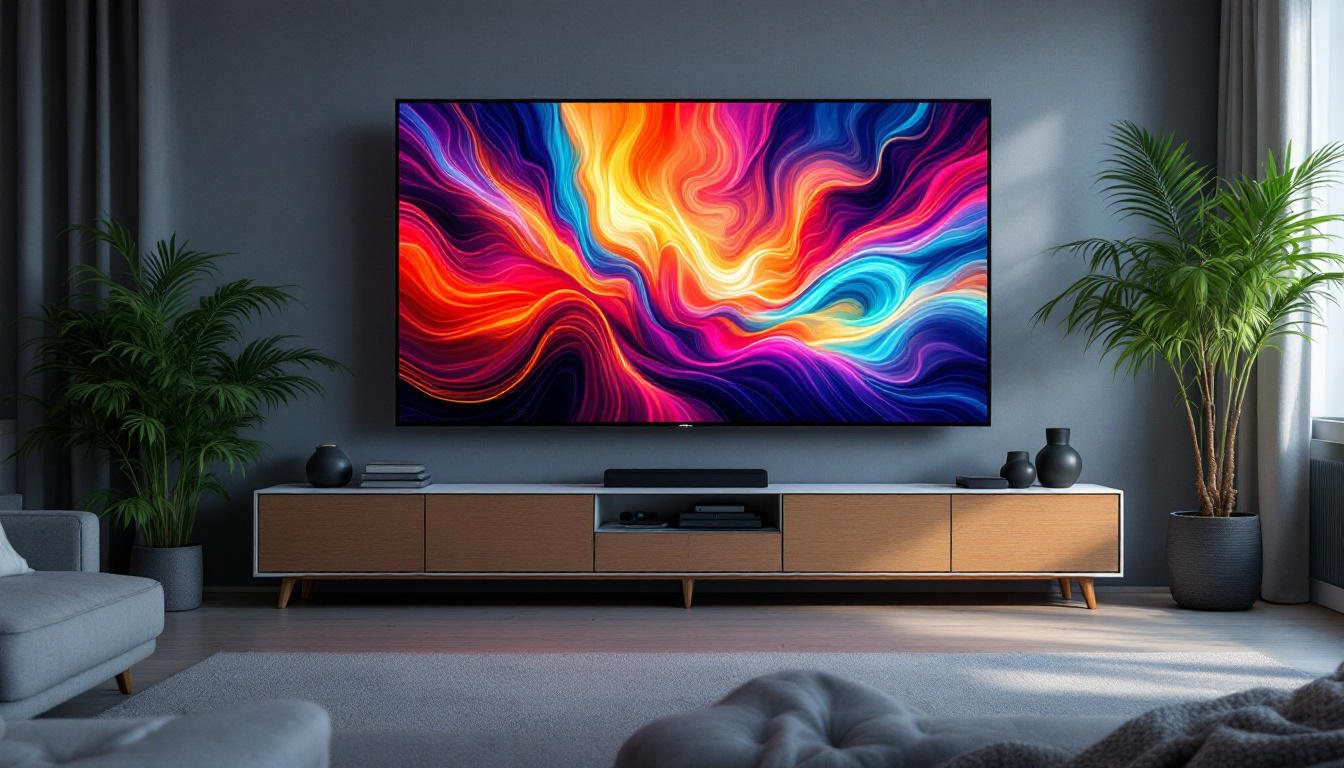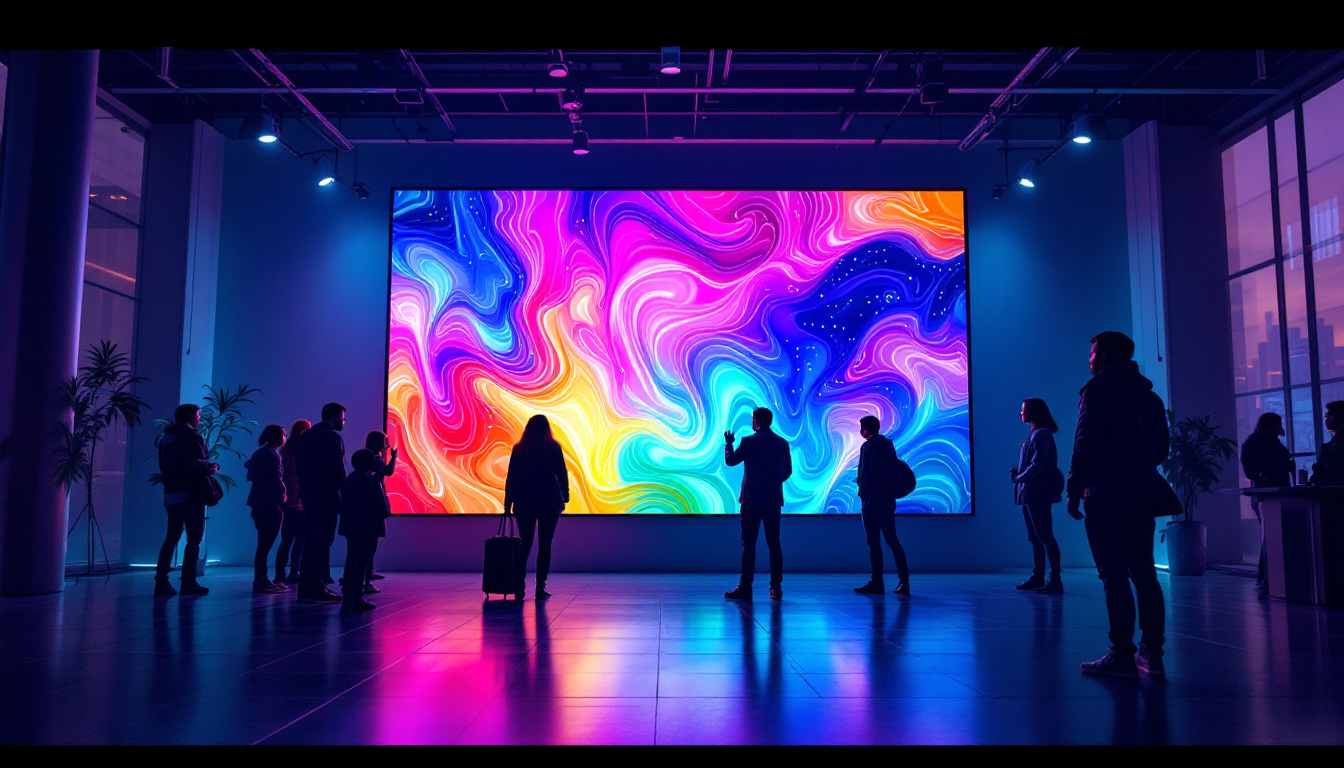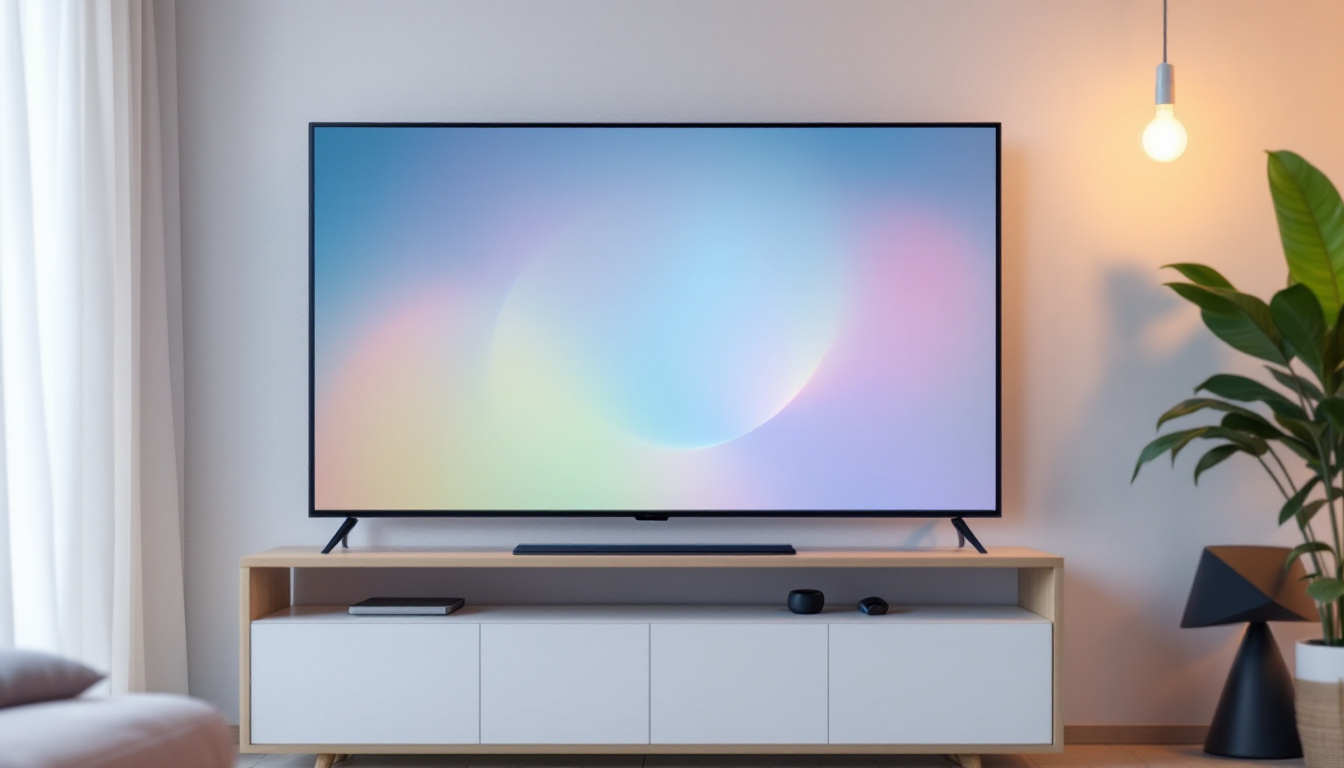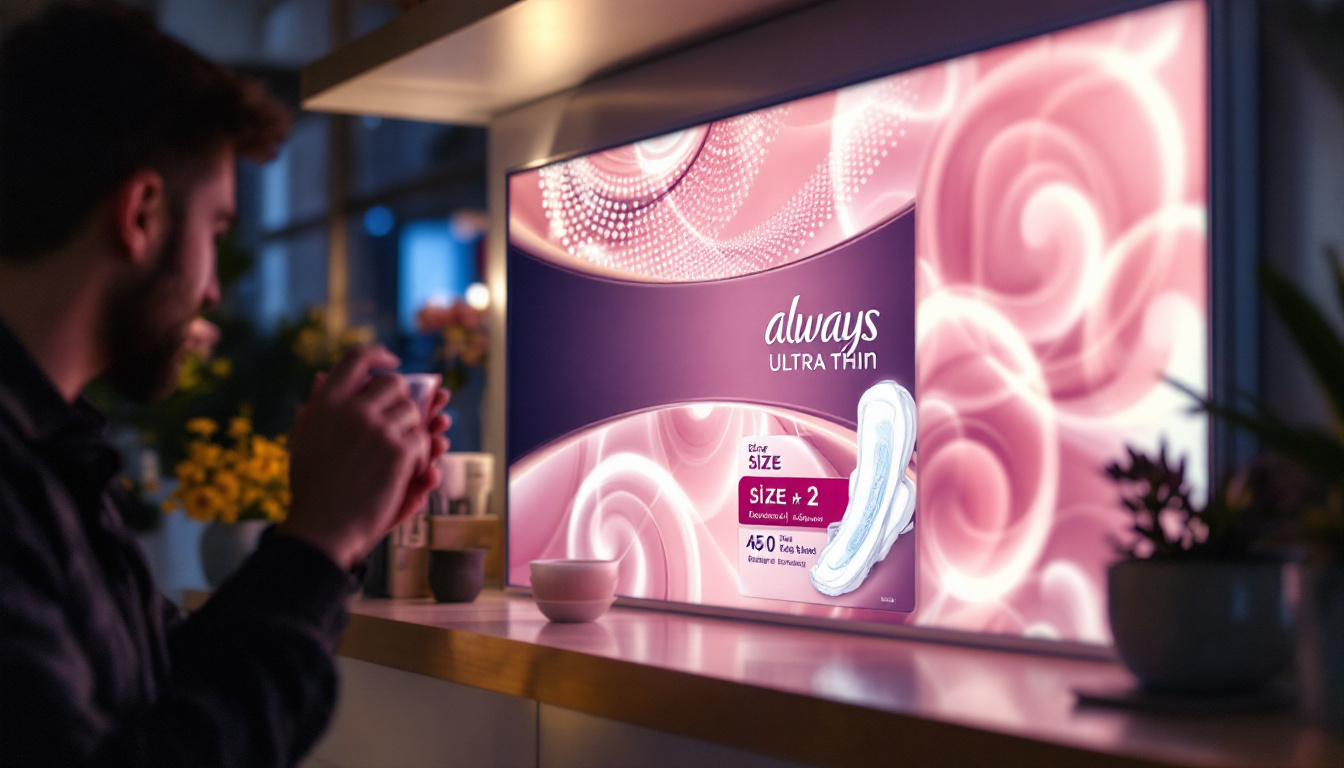In today’s digital age, touch screen technology has become ubiquitous, making its way into everything from smartphones to large display boards. One of the most popular types of touch screens is the LED display. This article delves into the intricacies of cheap touch screens featuring LED displays, exploring their functionality, advantages, and considerations for consumers.
Understanding Touch Screen Technology
Touch screen technology has revolutionized the way users interact with devices. Instead of relying solely on physical buttons or keyboards, touch screens allow for direct interaction through touch. This technology can be broadly categorized into several types, including resistive, capacitive, and infrared touch screens. The evolution of touch screens has not only enhanced user experience but has also paved the way for innovative applications across various fields, from consumer electronics to industrial machinery.
Types of Touch Screens
Resistive touch screens consist of multiple layers that detect pressure applied to the screen. This type is often more affordable but may not provide the same level of sensitivity as other types. Capacitive touch screens, on the other hand, utilize the electrical properties of the human body to detect touch, offering a more responsive experience. Infrared touch screens use light sensors to detect touch, providing a durable option that can be used in various environments. Each type of touch screen has its unique advantages and disadvantages, making it crucial for manufacturers to select the appropriate technology based on the intended use case. For instance, resistive screens are commonly found in environments where users may wear gloves, while capacitive screens are preferred in smartphones and tablets for their multi-touch capabilities.
How LED Displays Work
LED displays, or Light Emitting Diode displays, are a type of flat panel display technology that utilizes LEDs to produce images. The basic principle involves passing an electric current through a semiconductor material, which then emits light. This technology is known for its vibrant colors, high brightness, and energy efficiency. In recent years, advancements in LED technology have led to the development of OLED (Organic Light Emitting Diode) displays, which offer even greater contrast ratios and flexibility in design. OLED displays are particularly favored in high-end smartphones and televisions due to their ability to produce deeper blacks and a wider color gamut, enhancing the overall viewing experience.
The Advantages of Cheap Touch Screen LED Displays
Choosing a cheap touch screen LED display can offer several benefits, particularly for budget-conscious consumers or businesses looking to implement technology without breaking the bank. Understanding these advantages can help in making informed purchasing decisions.
Cost-Effectiveness
One of the most significant advantages of cheap touch screen LED displays is their affordability. As technology has advanced, the production costs for these displays have decreased, making them accessible to a broader audience. This cost-effectiveness allows businesses to invest in multiple units without straining their budgets, making it a practical choice for various applications. Furthermore, the savings on initial investment can be redirected towards other essential areas, such as marketing or improving customer service, thereby enhancing overall operational efficiency.
Energy Efficiency
LED displays are known for their energy efficiency compared to traditional LCD screens. They consume less power, which not only reduces electricity bills but also contributes to a lower carbon footprint. This aspect is particularly appealing for businesses that operate large displays or multiple screens simultaneously. Additionally, many cheap touch screen LED displays come equipped with features such as automatic brightness adjustment, which further optimizes energy consumption based on ambient light conditions. This means that not only are users saving money, but they are also making a more sustainable choice in their technology investments.
Vibrant Visuals
Cheap touch screen LED displays are capable of producing bright and vibrant visuals, enhancing user experience. The color accuracy and brightness levels are often superior to other display types, making them suitable for various environments, from retail spaces to educational institutions. Users can expect a clear and engaging visual experience, even in well-lit settings. Moreover, the high contrast ratios of LED displays ensure that images and text appear sharp and defined, which is crucial for presentations or advertising. This clarity can capture the attention of passersby, making it an effective tool for businesses aiming to attract customers or convey important information.
Touch Sensitivity and Interactivity
Another remarkable advantage of cheap touch screen LED displays is their touch sensitivity and interactivity. These displays allow users to engage directly with the content, making them ideal for interactive kiosks, gaming, and educational tools. The intuitive nature of touch screens enhances user engagement, as individuals can navigate through menus, select options, and interact with applications effortlessly. This level of interactivity can significantly improve the user experience, making information more accessible and enjoyable. Additionally, many models support multi-touch functionality, enabling several users to interact with the display simultaneously, which is particularly beneficial in collaborative environments.
Considerations When Choosing Cheap Touch Screen LED Displays
While cheap touch screen LED displays offer numerous advantages, potential buyers should consider several factors before making a purchase. Evaluating these aspects can help ensure that the chosen display meets specific needs and expectations.
Quality and Durability
Not all cheap touch screen LED displays are created equal. It’s essential to assess the quality and durability of the product. Cheaper models may use lower-quality materials, which can affect performance and longevity. Reading reviews, checking warranties, and researching manufacturers can provide insights into the reliability of a particular model. Additionally, consider the environment in which the display will be used; for instance, displays intended for public use may require more robust construction to withstand frequent handling and potential vandalism.
Touch Sensitivity and Responsiveness
The touch sensitivity and responsiveness of a display are crucial for a positive user experience. Some cheaper models may suffer from lag or inaccuracies in touch detection. It’s advisable to test the screen in person, if possible, to ensure that it meets expectations for responsiveness. A display that is slow to respond can lead to frustration and decreased productivity. Furthermore, consider the technology behind the touch screen; capacitive screens, for example, tend to offer better sensitivity and multi-touch capabilities compared to resistive screens, which may be more common in lower-priced options.
Resolution and Image Quality
Resolution is another critical factor to consider. Cheap touch screen LED displays may come with lower resolutions, which can impact image quality. Higher resolution displays provide sharper images and better detail, making them more suitable for applications that require precision, such as graphic design or video editing. Evaluating the resolution and overall image quality is essential for ensuring the display meets its intended use. Additionally, consider the color accuracy and brightness levels of the display; a screen that cannot reproduce colors faithfully or lacks adequate brightness may not be suitable for environments with high ambient light, potentially diminishing the viewing experience.
Connectivity Options
Connectivity options are also vital when selecting a touch screen LED display. Many cheap models may offer limited connectivity, which can restrict their usability with various devices. Look for displays that provide multiple input options such as HDMI, USB, and VGA, ensuring compatibility with laptops, tablets, and other peripherals. Furthermore, consider whether the display supports wireless connectivity, which can enhance flexibility in setup and usage, particularly in collaborative environments where multiple users may need to connect simultaneously.
Size and Form Factor
The size and form factor of the touch screen LED display play a significant role in its functionality and user experience. Depending on the intended application, you may require a larger screen for presentations or interactive kiosks, while smaller displays may be more appropriate for personal use or limited space. It’s essential to measure the available space and consider how the display will fit into the intended environment. Additionally, some displays come with adjustable stands or wall-mounting options, which can further enhance their versatility and usability in various settings.
Applications of Cheap Touch Screen LED Displays
Cheap touch screen LED displays find applications across various sectors, demonstrating their versatility and practicality. Understanding the different use cases can help potential buyers identify where these displays may fit into their needs.
Retail and Advertising
In the retail sector, cheap touch screen LED displays are often used for digital signage and interactive kiosks. They allow customers to browse products, access information, and engage with promotional content. The vibrant visuals and interactive capabilities can enhance the shopping experience, driving sales and customer engagement.
Education and Training
Educational institutions are increasingly adopting touch screen LED displays for classrooms and training environments. These displays facilitate interactive learning, allowing instructors to engage students through multimedia presentations and collaborative activities. The ability to touch and manipulate content directly on the screen can significantly enhance comprehension and retention.
Healthcare and Information Systems
In healthcare settings, touch screen LED displays can be used for patient information systems, allowing staff to access and update patient records quickly. They can also serve as interactive displays in waiting areas, providing patients with information about services and wait times. The ease of use and accessibility of touch screens make them an excellent choice for various healthcare applications.
Future Trends in Touch Screen LED Technology
The landscape of touch screen LED technology is continually evolving, with new trends emerging that promise to enhance functionality and user experience. Staying informed about these trends can help consumers and businesses make strategic decisions regarding their technology investments.
Advancements in Touch Sensitivity
Future developments in touch sensitivity are expected to improve the responsiveness and accuracy of touch screens. Innovations such as multi-touch capabilities and pressure sensitivity will allow for more complex interactions, enabling users to perform a wider range of tasks with greater ease.
Integration with AI and IoT
As artificial intelligence (AI) and the Internet of Things (IoT) continue to grow, touch screen LED displays are likely to become more integrated with these technologies. This integration could lead to smarter displays that can learn user preferences, adapt to different environments, and offer personalized experiences.
Enhanced Durability and Sustainability
Future touch screen LED displays may also focus on enhanced durability and sustainability. Manufacturers are increasingly prioritizing eco-friendly materials and production processes, which can lead to longer-lasting products with a reduced environmental impact. Additionally, advancements in screen protection technologies may result in displays that are more resistant to scratches and damage.
Conclusion
Cheap touch screen LED displays offer a wealth of benefits, from cost-effectiveness and energy efficiency to vibrant visuals and versatility across various applications. However, potential buyers must carefully consider factors such as quality, touch sensitivity, and resolution to ensure they choose a display that meets their needs.
As technology continues to advance, the future of touch screen LED displays promises exciting developments that will enhance user experience and functionality. By staying informed about these trends and making thoughtful purchasing decisions, consumers and businesses can leverage the power of touch screen technology to improve engagement and productivity.
Discover LumenMatrix’s Innovative LED Display Solutions
Ready to elevate your visual experience with the latest in touch screen LED technology? Look no further than LumenMatrix, a pioneer in crafting immersive LED display modules tailored for any setting. From vibrant Indoor and Outdoor LED Wall Displays to dynamic Vehicle and Sports LED Displays, LumenMatrix offers a comprehensive range of solutions designed to captivate and engage. Whether you’re seeking a Custom LED Display, an All-in-One solution, or the sleek aesthetics of a Transparent LED Display, our mission is to transform your visual communication with unparalleled clarity and impact. Check out LumenMatrix LED Display Solutions today and see how we can help your business shine brighter.


